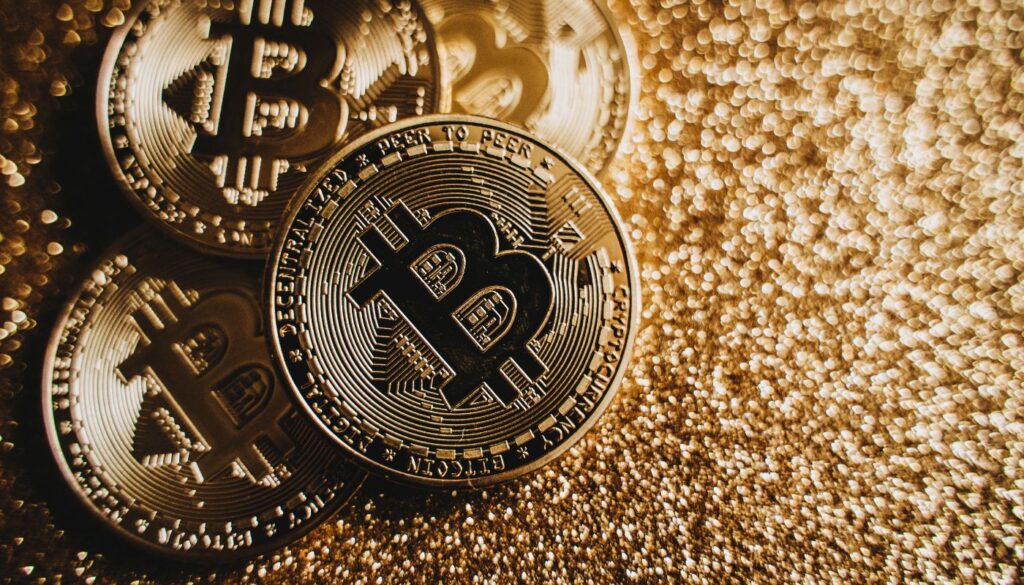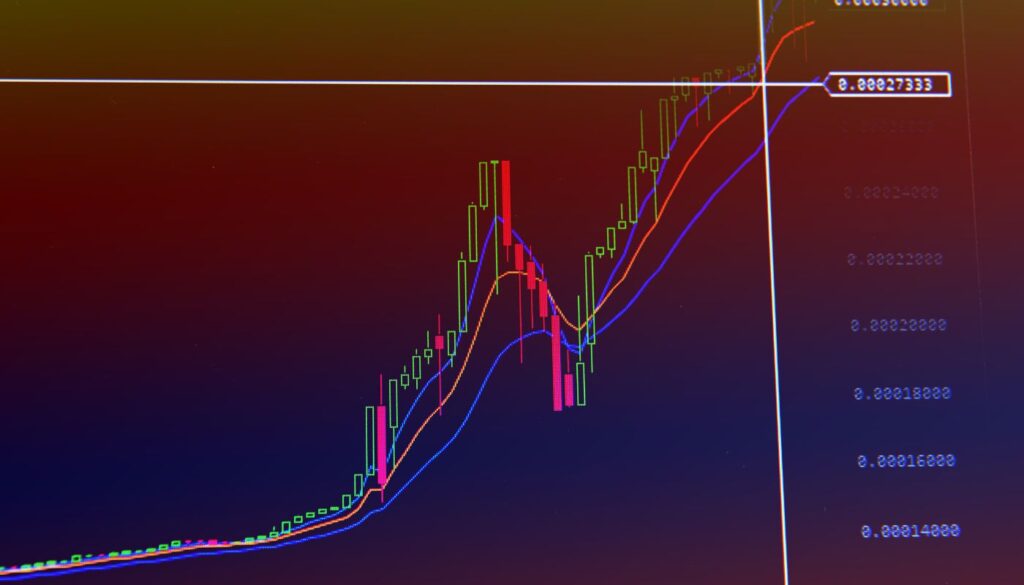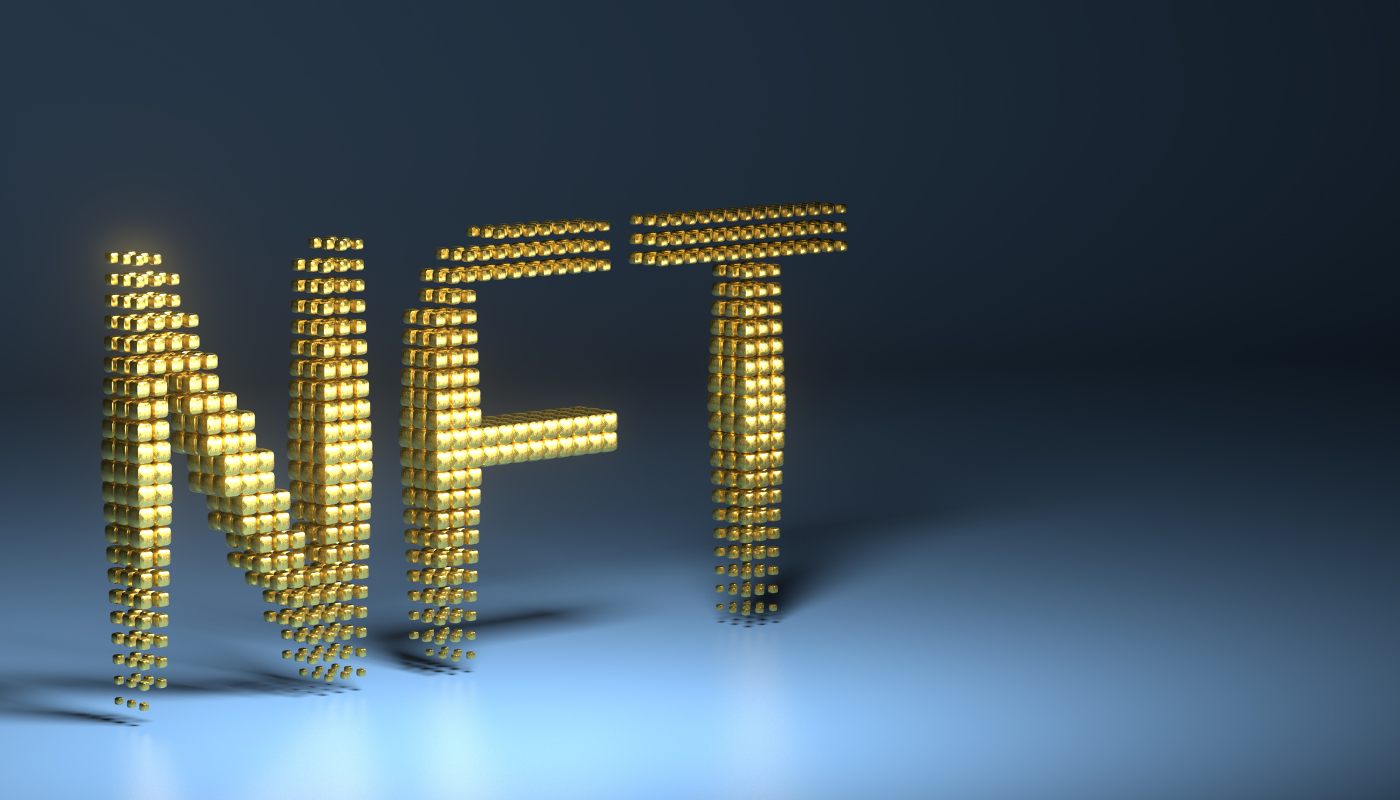In the ever-evolving world of cryptocurrency, the concept of coin burning stands out as a fascinating strategy employed by developers and project teams. But why would anyone intentionally destroy digital currency? This intriguing practice goes beyond mere destruction for its own sake, serving various critical purposes within the crypto ecosystem. Dive into the reasons behind coin burning, from controlling inflation to rewarding loyal community members, and discover how this paradoxical act can actually enhance a cryptocurrency’s value and appeal.
Understanding Coin Burn Mechanisms
In the dynamic realm of cryptocurrency, coin burning stands as a pivotal strategy employed by blockchain projects to manage the circulating supply of their tokens, ultimately aiming to influence the token’s value and stability. Coin burn is a deliberate process where a certain amount of a cryptocurrency’s tokens are permanently removed from circulation. This is achieved by sending the tokens to a “burn” address, a wallet from which they can never be retrieved or spent, effectively reducing the total supply.
The rationale behind coin burning is multifaceted. Primarily, it is akin to a company buying back its shares from the market, which can potentially enhance the value of the remaining tokens through the principles of supply and demand. If the demand remains constant or increases while the supply decreases, the value per token is likely to rise. Furthermore, coin burning acts as a tool for projects to demonstrate a long-term commitment to their cryptocurrency, enhancing investor confidence. It can also be used as a mechanism to achieve deflationary economics within a cryptocurrency’s ecosystem, encouraging holding and potentially increasing the utility of the tokens.
Several projects incorporate coin burn mechanisms in different ways, such as burning a portion of transaction fees, which reduces the overall token supply with each transaction, or conducting periodic burns based on specific milestones or schedules. This method not only helps in regulating the token’s inflation but also aligns the interests of the developers, stakeholders, and users by ensuring a more stable and predictable market.
- Reduces the total supply of tokens
- Can potentially increase the value of remaining tokens
- Enhances investor confidence through demonstrable commitment
- Encourages deflationary economics within the project’s ecosystem
- Aligns interests of developers, stakeholders, and users
Reasons Behind Cryptocurrency Burning

The concept of cryptocurrency burning might seem counterintuitive at first glance. Why would anyone intentionally destroy a portion of their digital assets? However, this strategy serves several crucial purposes within the crypto ecosystem. By removing a certain amount of coins from circulation permanently, projects can create scarcity, potentially driving up the value of the remaining tokens. This mechanism is not just a theoretical exercise but a practical tool used by many projects to manage their tokenomics.
At its core, the primary reason for cryptocurrency burning is to control inflation. Most digital currencies have a fixed supply, but until that maximum cap is reached, new tokens are regularly introduced into the ecosystem through mining or staking. Burning helps counterbalance this influx, aiming to prevent the devaluation of existing tokens. Furthermore, it’s a move to increase transparency and trust among investors, showing a commitment to the token’s long-term value rather than short-term gains. Projects that regularly conduct burns can signal to the market that they are actively managing supply, potentially making the asset more attractive to investors.
Another critical aspect of coin burning is its role in governance. In some projects, token holders can vote on important decisions, including whether to conduct a burn. This process gives the community a direct stake in the project’s financial health and direction, fostering a deeper connection between the project and its supporters. Additionally, burning can serve as a deflationary mechanism, especially for tokens with unlimited supply. By periodically removing tokens from circulation, projects can ensure that their cryptocurrency retains its value over time, even if the total supply is not capped.
Additional Insights on Cryptocurrency Burning
While the immediate effect of burning is to reduce the total supply of a cryptocurrency, the long-term implications can be more nuanced. For instance, it can contribute to a more stabilized market for the token, as the reduced supply against potentially unchanged demand can lead to price appreciation. Moreover, it demonstrates a project’s commitment to not just maintaining but actively managing the economic principles that underpin their cryptocurrency.
| Reason | Benefit | Example |
|---|---|---|
| Inflation Control | Prevents devaluation | Bitcoin halving |
| Transparency and Trust | Builds investor confidence | Binance Coin (BNB) burns |
| Supply Scarcity | Increases token value | Ripple (XRP) escrow |
| Governance Participation | Empowers community | Decentraland (MANA) burns |
| Deflationary Mechanism | Ensures long-term value | Ethereum EIP-1559 upgrade |
In conclusion, the practice of cryptocurrency burning addresses several key issues within the digital asset space, including inflation control, market speculation, and community engagement. By carefully managing the supply of tokens, projects can not only enhance the value of their currency but also foster a healthier, more sustainable ecosystem for their investors and users alike.
Effects on Market Value and Stability
The practice of burning crypto coins is a strategic move employed by blockchain projects to influence both the market value and stability of their cryptocurrency. By removing a portion of the total coin supply from circulation permanently, projects can potentially increase the scarcity of the coin. This scarcity often leads to an appreciation in the coin’s value, assuming demand remains constant or increases. Furthermore, coin burning can be seen as a commitment by the developers to the project’s future, which may enhance investor confidence and contribute to the overall stability of the coin’s market.
Burning coins affects the market value by directly impacting the supply and demand equation. When a significant amount of coins is burned, the supply decreases. If the demand for the coin does not decrease proportionally, the price of the coin is likely to increase. Market stability can also benefit from coin burning. By regularly removing coins from circulation, the project can demonstrate a predictable and transparent monetary policy, which in turn can reduce price volatility and encourage long-term holding among investors.
However, the effectiveness of coin burning on market value and stability depends on several factors, including the volume of coins burned, the frequency of burns, and the overall market conditions. While coin burning can lead to a temporary increase in value and perceived stability, it is not a panacea for all the challenges a cryptocurrency might face. Other factors, such as adoption rate, technological developments, and market sentiment, play a crucial role in determining the long-term success and stability of a cryptocurrency.
| Factor | Effect on Market Value | Effect on Market Stability |
|---|---|---|
| Volume of Coins Burned | Potentially increases value | May enhance perceived stability |
| Frequency of Burns | Can lead to sustained appreciation | Contributes to predictable policy |
| Overall Market Conditions | Highly influential on effectiveness | Crucial for long-term stability |
| Adoption Rate | Directly impacts demand | Essential for sustained stability |
| Technological Developments | Can significantly affect value | Key to adapting and maintaining stability |
Additional Insights on Market Value and Stability
While coin burning is a noteworthy strategy for influencing market value and stability, it’s important to consider it within the broader context of the cryptocurrency’s ecosystem. The overall effectiveness of burning coins also depends on how it is communicated to the community and integrated into the project’s long-term strategy. Transparent and consistent communication can further bolster investor confidence, making coin burning more effective in achieving its intended outcomes.
Moreover, the timing of coin burns can play a critical role. Strategic burns conducted during periods of high transaction volume or significant developmental milestones can amplify the positive effects on the cryptocurrency’s market value and stability. Hence, the decision to burn coins should be carefully considered, taking into account both current market conditions and future project plans.
Major Coin Burn Events in History

The practice of burning crypto coins is a strategic move embraced by various blockchain projects to manage the supply of their tokens and, in turn, influence the token’s value. Throughout the history of cryptocurrencies, several significant coin burn events have taken place, showcasing the impact of this strategy on the market dynamics of digital assets.
One of the most notable events occurred with Binance Coin (BNB), where Binance committed to burning a portion of their coins every quarter, based on the trading volume on their platform. This move was aimed at reducing the overall supply of BNB, thereby increasing its scarcity and potentially its value over time. Similarly, Ripple (XRP) conducted one of the largest coin burns in history at its inception, removing 55 billion XRP from the total supply to increase trust and stability within its network.
Ethereum, another leading blockchain platform, introduced a new mechanism called EIP-1559, which included a transaction fee burn in August 2021. This update fundamentally changed how transaction fees were calculated and resulted in a portion of the fees being burned, thereby reducing the overall supply of Ether and aiming to address inflationary pressures. These strategic burns have not only demonstrated the ability of projects to influence token economics but also highlighted how such actions can contribute to a token’s long-term viability and value perception among investors.
- Binance Coin (BNB) Quarterly Burns
- Ripple (XRP) Initial Coin Burn
- Ethereum (ETH) EIP-1559 Update and Fee Burns
- Stellar (XLM) Burn of Over 50% of Total Supply
- TRON (TRX) Coin Burn Following Mainnet Launch
Future Implications of Burning Practices
The practice of burning crypto coins, while not new, continues to evolve, presenting both opportunities and challenges for the digital currency ecosystem. At its core, this strategy is often employed to reduce the total supply of tokens, potentially increasing scarcity and, by extension, value. However, the implications stretch far beyond simple market dynamics.
One significant impact is on the environment. Unlike physical coin minting, which has a tangible environmental footprint, coin burning is a digital process. Yet, it raises questions about energy consumption associated with blockchain transactions. Furthermore, as projects increasingly adopt burning mechanisms, there could be shifts in how blockchains are designed, prioritizing efficiency and sustainability.
Another area of impact is regulatory oversight. As governments and financial authorities grapple with how to classify and manage digital currencies, burning practices add another layer of complexity. They could lead to new policies focused on transparency, reporting, and perhaps even restrictions on how and when coins can be burned. This evolving landscape suggests that stakeholders must stay informed and adaptable to navigate future challenges and opportunities successfully.
Additional Insights on Burning Practices
Exploring deeper into the implications of burning practices reveals a nuanced picture. For instance, the psychological impact on investors and the market’s perception of a cryptocurrency’s value cannot be understated. A well-timed burn can signal confidence to the market, potentially leading to increased investor interest. Conversely, frequent or large-scale burns without clear communication may raise suspicions about the token’s long-term viability.
Further Context on Market Perception
Understanding the broader context of how burning practices influence market perception is crucial. It’s not just about the immediate impact on supply and demand but also how these actions fit into a larger narrative. Are they seen as a genuine effort to enhance value, or a short-term tactic to boost prices? The answer can significantly affect the credibility and adoption of a cryptocurrency.
| Aspect | Short-Term Impact | Long-Term Implications |
|---|---|---|
| Market Dynamics | May increase prices | Potentially stabilizes value |
| Regulatory Response | Increased scrutiny | New guidelines and frameworks |
| Environmental Concerns | Varies by blockchain | Push towards sustainable practices |
| Investor Perception | Can boost confidence | Shapes long-term trust in the project |
| Blockchain Design | Immediate efficiency gains | Innovation in sustainable transaction mechanisms |
In conclusion, the practice of burning crypto coins carries with it a multitude of future implications that stakeholders must carefully consider. Whether it’s the potential environmental impact, regulatory challenges, or shifts in market dynamics, the path forward requires a balanced approach. By understanding and anticipating these factors, the crypto community can harness burning practices in a way that promotes sustainability, compliance, and value for all participants.

Cryptocurrency expert and writer with over six years of experience in blockchain technology, digital assets, and decentralized finance (DeFi). With a background in computer science and finance, Christopher has a deep understanding of both the technical and economic aspects of cryptocurrencies. His articles focus on market trends, investment strategies, and the future of blockchain innovation, helping readers stay informed in the fast-evolving world of crypto.




